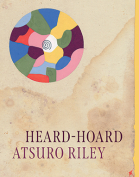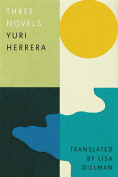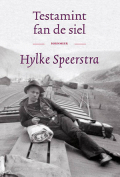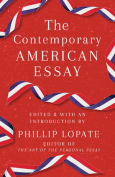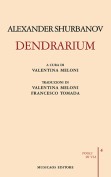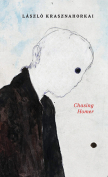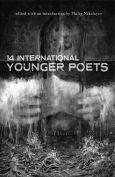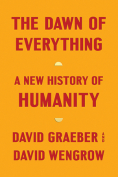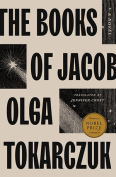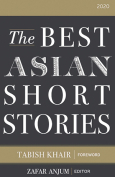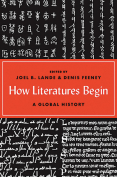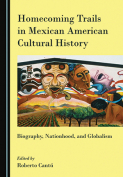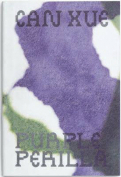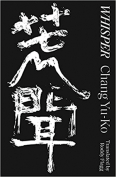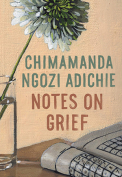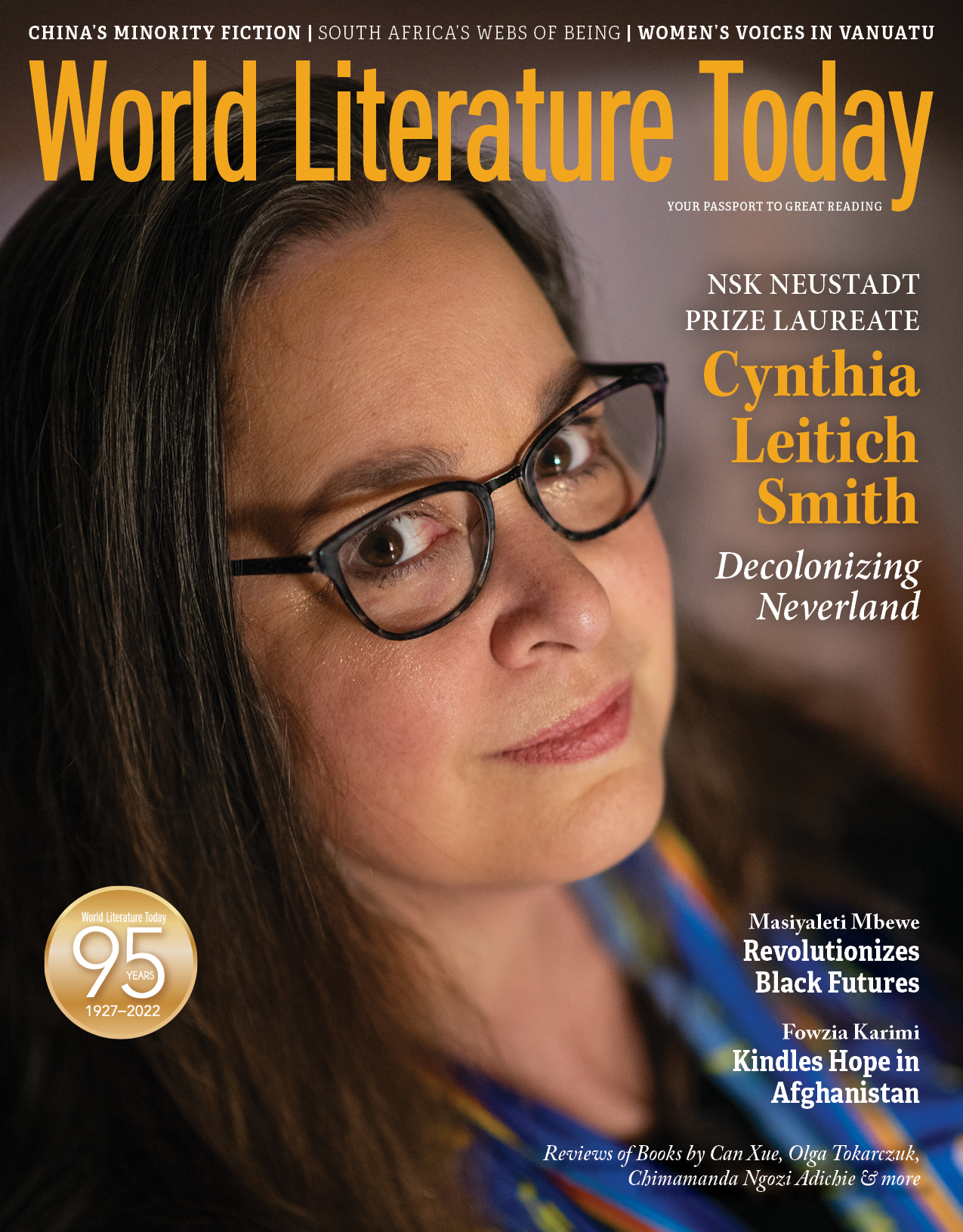The Best Asian Short Stories 2020
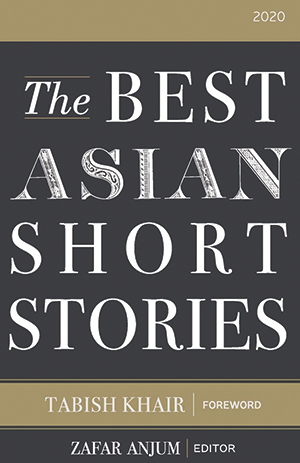 Singapore. Kitaab. 2020. 245 pages.
Singapore. Kitaab. 2020. 245 pages.
THE BEST ASIAN Short Stories 2020 is a volume showcasing the vitality and range of contemporary Asian writers. The volume is remarkable in offering both geographic breadth in representations of Asian lives as well as an impressive array of literary genres, styles, and voices.
At the heart of this collection is the city of Singapore, the place of publication, a vibrant mix of varied Asian ethnic groups of Indian, Chinese, Malay, and other origins producing a hybrid Asian sensibility, which erodes strict national affiliations but produces its own set of hierarchies based on the workings of global capital and invisible labor. The internal schisms of class and ethnicity are highlighted in the adoption narrative in Jasmine Adams’s “A Woman’s Place.” In Kelly Kaur’s “The Singapore Dream,” the allure and nostalgia for Singapore is evoked through the point of view of Desmond, who leaves Singapore to immigrate to Calgary, Canada, only to face the recession caused by a slump in oil prices. When his family returns to Singapore for a visit, his daughters decide to stay on in Singapore for better opportunities, making Desmond question his life choices. In Seema Punwani’s “Spin,” Singapore is represented through the perspective of an expat, who, in spite of his privilege as a corporate elite, remains disconnected from his family. We are offered a glimpse of the seamier side of Singaporean life in Phong Huynh’s “As Legal as We Are, ” where we see the protagonist, a very successful but insecure gay man from Chennai, wanting to climb the echelons of the gay social ladder while succumbing to the darker reality of his addictions. The precarious lives of undocumented migrants is evoked in Murali Kamma’s “The Route to Lucky Inn,” while Farah Guznavi depicts the grit and resiliency of Asian migrant workers from Sri Lanka and the Philippines who work as cleaning staff in luxury hotels in the Gulf states.
Asian life radiates out into other cityscapes in this collection. We are offered a poetic evocation of the seaside in Mumbai in Sudeep Sen’s “Gold Squares on Muslin,” where a narrator is seeking a piece of muslin as a canvas to write and paint on. This story becomes an allegory of the creative process and its inevitable loneliness. In Areeba Nasir’s “Bench,” we are transported to a small town in Uttarakhand, India, where flash floods wash away villages, and where a mother is unable to come to terms with the loss of her beloved daughter in an accident until her husband brings home a young girl orphaned by the floods. In Moazzam Sheikh’s “Sunshine,” the theme of the primal fear of the loss of a child morphs into the more inevitable passing away of a childhood and the emptiness it leaves behind.
The final story in the collection, “Dog at the End of the World,” by Jon Gresham, is a memoir of the pandemic in an island city narrated from the point of view of a dog. Although beginning in a realist mode, the story quickly changes to a vision of an apocalyptic end of civilization but still celebrates the devotion of the dog toward his mistress.
The stories in the collection traverse a variety of genres and styles from the realist to the surrealist, from detective fiction to social satire. It is a celebration of Asian life, its heterogeneity, energy, and shared common bonds. In a world where literature is often classified by national boundaries, an attempt to break borders and depict Asian lives within the continent of Asia and in diasporic communities in North America, Australia, and Britain is a bold reimaging of the field of Asian literature.
Lopamudra Basu
University of Wisconsin–Stout


